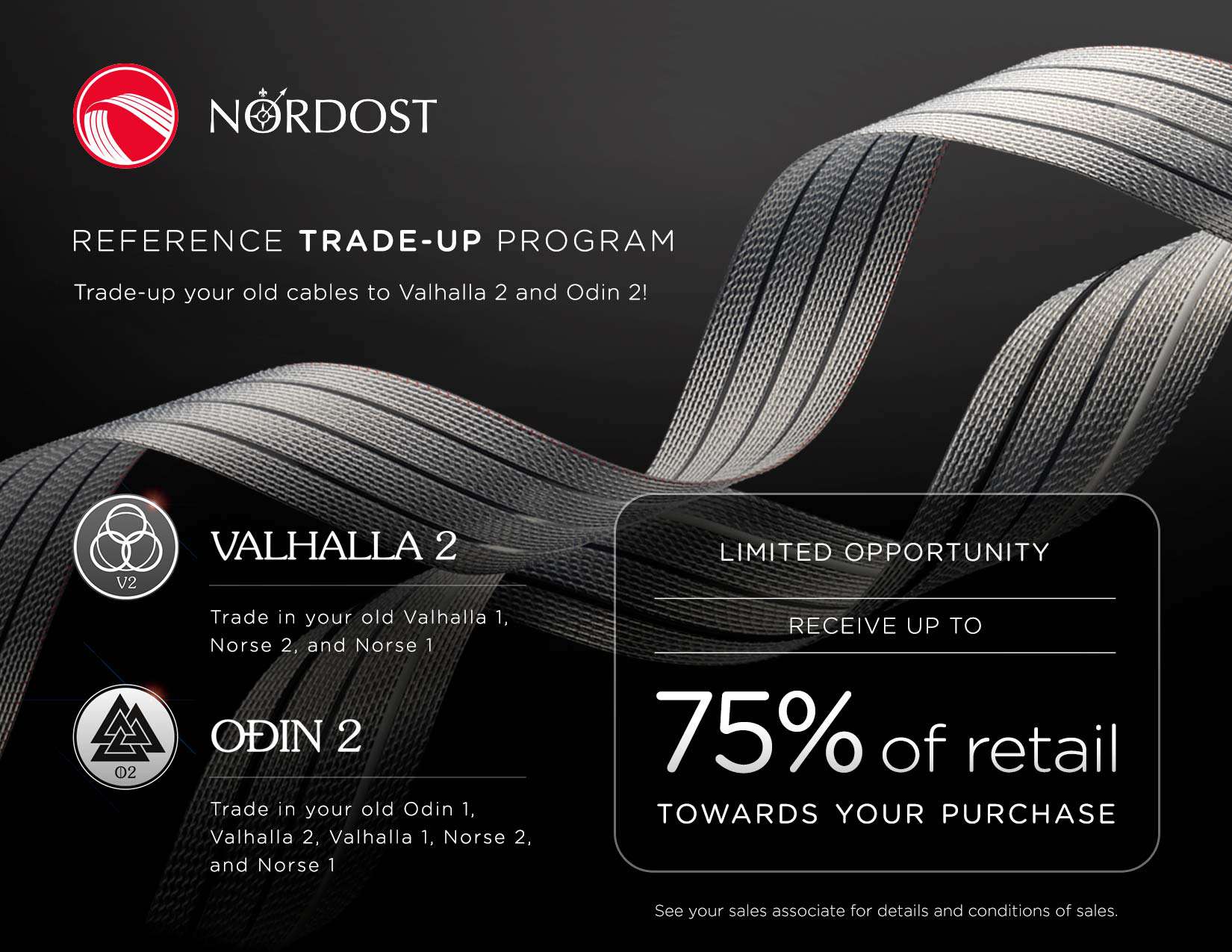High-End Audio: from Then to Now & into the Future
If It's Easy, Can It Be Good, Too?

Over the last two months, Larry Goldberg, Natural Sound’s store manager in the Boston, MA area, gave his personal thoughts on the whys and wherefores of streaming high-end audio and music. This month’s blog delves into the “how we got there and where are we going” aspects of streaming and is by Lewis Dalven, one of NS’s technical experts.
SEE ALSO: To Stream: Is It the Dream?
Since the dawn of the High-Fidelity era, which dates to the advent of magnetic tape recording and FM broadcasting in the post-WWII years, the adoption of new technologies has been marked by a tension between making the medium "convenient" and making it high in performance. Examples of this can be found in the move from high-performance open-reel tape machines to "convenient" but sonically compromised enclosed formats like 8-track or Compact Cassettes, or in the widespread popularity of record changers over better sounding single-play manual turntables.
All this was supposed to change when a fully digital audio playback system was introduced in 1983, the Compact Disc. Heralded as providing "Perfect sound...Forever" the first CD players proved to be a work in progress, with many promising features, but disappointing sonic performance. Years of digital development substantially improved the sound of CDs, and in-dash automotive players and portable "boom box" players made it the global standard for music playback, but finicky tracking mechanisms and the dubious shock sensitivity of portable players made room in the market for something better. The industry tried to address the quality part with the introduction of SACD (Super Audio CD), but not enough consumers were interested. What the public wanted, apparently, was more convenience.
Credit Apple Computer with providing an answer, widely embraced by a tech-savvy segment of the public as the ideal next thing...the iPod. Truly portable, its combination of computer technology and the Walkman concept of "personal music listening" via headphones (or ear buds), proved wildly successful. The launch of the iTunes Store and the growth of downloading monetized its popularity and helped elevate Apple into becoming the tech juggernaut it is today.
But to many of us in the high-quality audio field, this was retrograde progress...going from Red Book CD Audio to compressed music files was not moving us forward...albeit not as bad sounding as cassette tape. Other music services followed with a different model: Pay so much a month and you didn’t have to purchase individual albums or songs and put it on your computer or iPod—you could stream anything you could find on the service to your mobile device or home computer! These music services, particularly Pandora and Spotify, quickly gained a huge amount of popularity and customers. They used some version of compressed files and, while not bad—and certainly a great way to get a LOT of music at a bargain price—they were not what we wanted.
What we audio people in the Greater Boston area and beyond desired was something better, and we got it with the launch of Tidal. This service offers what they call “Hi-Fi” streaming using FLAC files, which can deliver “all the bits” of a compact disc (16 bit/44.1kHz) and can certainly rival its performance. You get a lot for your $20 per month and it is easily adaptable to a home audio system via products from Bluesound, Yamaha, Sonos and many others.
But wait, it gets even better! Over the last several years Tidal has partnered with a company called MQA. MQA delivers sound that is better than CD quality both in terms of potential dynamics and inner clarity. Next month’s blog will delve into just what MQA is and a simple explanation of how it works. We’ll also talk about another music service called Qobuz, which can rival Tidal by taking a different approach to music files. If you are a true music lover, one, or even both, of these services is meant for you! Stay tuned! (And stay well!)
Plus, find out even more about high-end audio and music streaming by giving us a call or filling out our online contact form here. Our team at Natural Sound looks forward to hearing from you!
- Tags: High-Fidelity Audio | Music Streaming

